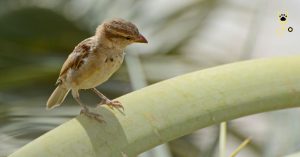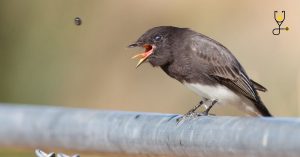Are you looking for ways to give your feathered friend more exercise? Has your beloved pet been showing signs of boredom or depression lately? If so, they may be in need of some additional physical activity. Giving your bird more exercise can not only make them happier and healthier but also strengthen the bond between the two of you! Let’s explore how to do just that, from promoting natural behaviors such as flying around indoors to introducing exciting new playtime activities.
Is exercise beneficial for birds?
Yes! Exercise is great for all kinds of animals, including birds. It can help to keep them active and engaged, thereby improving their physical and mental well-being. Regular exercise can also reduce stress levels, improve circulation and digestion, strengthen muscles, and aid in maintaining a healthy weight. Plus, it’s just plain fun!
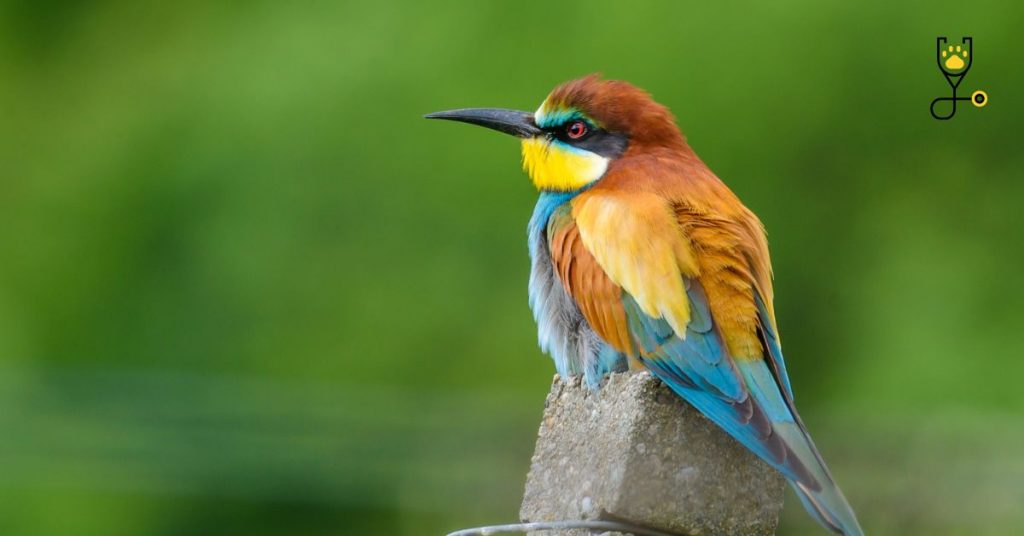
Ways to give your bird more exercise:
1. Hang toys.
Swing and hanging toys are great for providing exercise and stimulating birds both physically and mentally. There are a wide variety of toys available to suit any personality or species type, from swings to ladders, puzzles, bells, and more.
2. Provide foraging opportunities.
Foraging helps keep birds active as they search for their food or treats around the cage or play area. You can use cardboard boxes with holes cut in it that contain treats inside, or even purchase small puzzle feeders which dispense food when manipulated correctly!
3. Take them outdoors on nice days (if safe).
If you have an outdoor aviary or other secure enclosure, consider taking your feathered friend outside for some fresh air and sunshine every now and then. Make sure that the environment is safe from potential predators, however.
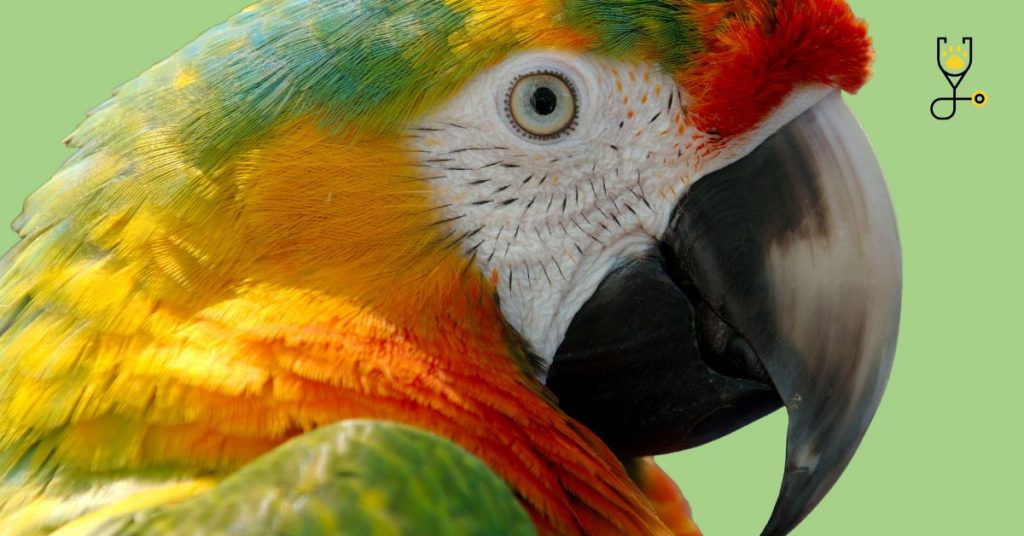
4. Set up a play gym or play stand.
Play gyms are typically colorful structures made of wood and rope with multiple levels for birds to explore, climb, and hop around on. Play stands are smaller versions of these which can be placed in the cage or near it for easier access.
5. Offer large climbing branches in their cage.
Parrots love to climb! Place large branches inside your bird’s cage where they can safely fly around and explore while getting exercise at the same time.
6. Use outdoor flight cages (if available).
If you have an outdoor area such as a patio or deck, consider setting up a large flight cage where your bird can safely fly around and get exercise outside.
7. Give them time out of their cage for exercise.
Every day, give your bird some supervised time in the room or even outdoors with you if the environment is safe enough. This will give them a chance to explore and fly around while getting physical activity at the same time!
8. Introduce interactive toys.
Interactive toys are designed to keep birds engaged by offering activities such as hopping on discs, pecking at hanging objects, or turning knobs to dispense treats. These can be great for entertaining your feathered friend when they’re feeling bored or restless!
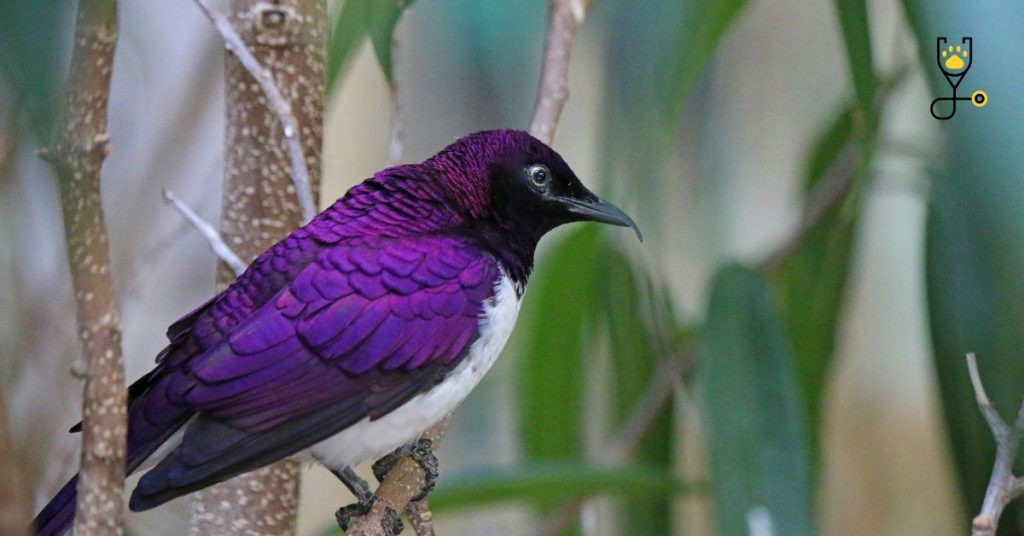
9. Encourage natural behaviors.
Parrots are naturally active creatures, and encouraging them to engage in their natural behaviors is a great way to provide exercise. This can include activities such as preening (grooming feathers) or playing with wooden toys which they would commonly find in the wild.
Also read: 10 Best Trainable Pet Bird Species
10. Participate in training sessions.
Parrot training sessions are not only beneficial for teaching your bird how to respond to commands, but also provide an opportunity for them to get some physical activity as well! Use treats or other rewards to motivate and encourage them during these sessions.
Learn: How To Teach My Bird Its Name?
11. Try out agility courses.
If you’re feeling adventurous, set up your own DIY agility course in your home using hanging ropes, ladders, platforms, tunnels, or other objects that allow
your bird to climb, swing, and hop around.
12. Go for walks together.
If you have a safe environment nearby where your bird can be securely tethered to a perch or other object, consider taking them on short walks with you sometimes!
13. Buy a playpen.
Playpens are small enclosures that can be placed inside the home or outside in secure areas such as patios or decks for birds to safely explore and get exercise within a contained space.
14. Create an obstacle course.
Set up a simple obstacle course in your home using boxes, tunnels, ladders, hanging ropes, platforms, etc., so your bird can climb and fly around while getting some physical activity at the same time!
15. Take them to the vet for regular checkups.
Regular checkups are important for keeping your bird healthy, and also give them an opportunity to get some physical activity as well when they’re in the exam room or flying around the office!
16. Schedule playdates with their feathered friends.
If you have a friend or family member who owns a bird, consider setting up regular playdates so they can interact and play together while getting exercise at the same time!
Conclusion:
Exercise is an important part of keeping your parrot healthy and happy. Try out some of these tips to help prevent obesity and other health issues while providing your feathered friend with an enjoyable way to stay active. With a little creativity, you can create a variety of activities that will keep them entertained and provide ample opportunities for physical activity. Your parrot will thank you for it!
FAQs
Q: How often should my parrot get exercise?
A: The amount of exercise your parrot needs will depend on their age, size, and breed. Generally speaking, most parrots can benefit from at least an hour or two of supervised activity per day.
Q: Are there any specific exercises I should do with my parrot?
A: Yes! Activities such as flying, hopping on discs, playing with interactive toys, or participating in training sessions are all great ways to provide your parrot with physical activity.
Q: What should I do if my parrot isn’t getting enough exercise?
A: If your parrot isn’t getting enough exercise, try mixing up their routine by providing them with new toys and activities to keep them engaged. You can also take your parrot outside in a secure area or even set up an agility course indoors to give them the opportunity to explore and get some physical activity at the same time!
Q: What should I avoid when exercising my parrot?
A: You should avoid activities that put your parrot in any kind of danger, such as letting them fly without supervision or allowing them to explore areas where they could be exposed to toxins. Additionally, you should never leave your parrot unsupervised for extended periods of time.
Q: Are there any health benefits to exercising my parrot?
A: Yes! Regular exercise can help prevent obesity in parrots, enhance their natural behaviors, and improve their overall physical and mental well-being. Additionally, it is a great way to bond with your feathered friend while providing them with an outlet for some much-needed physical activity.



